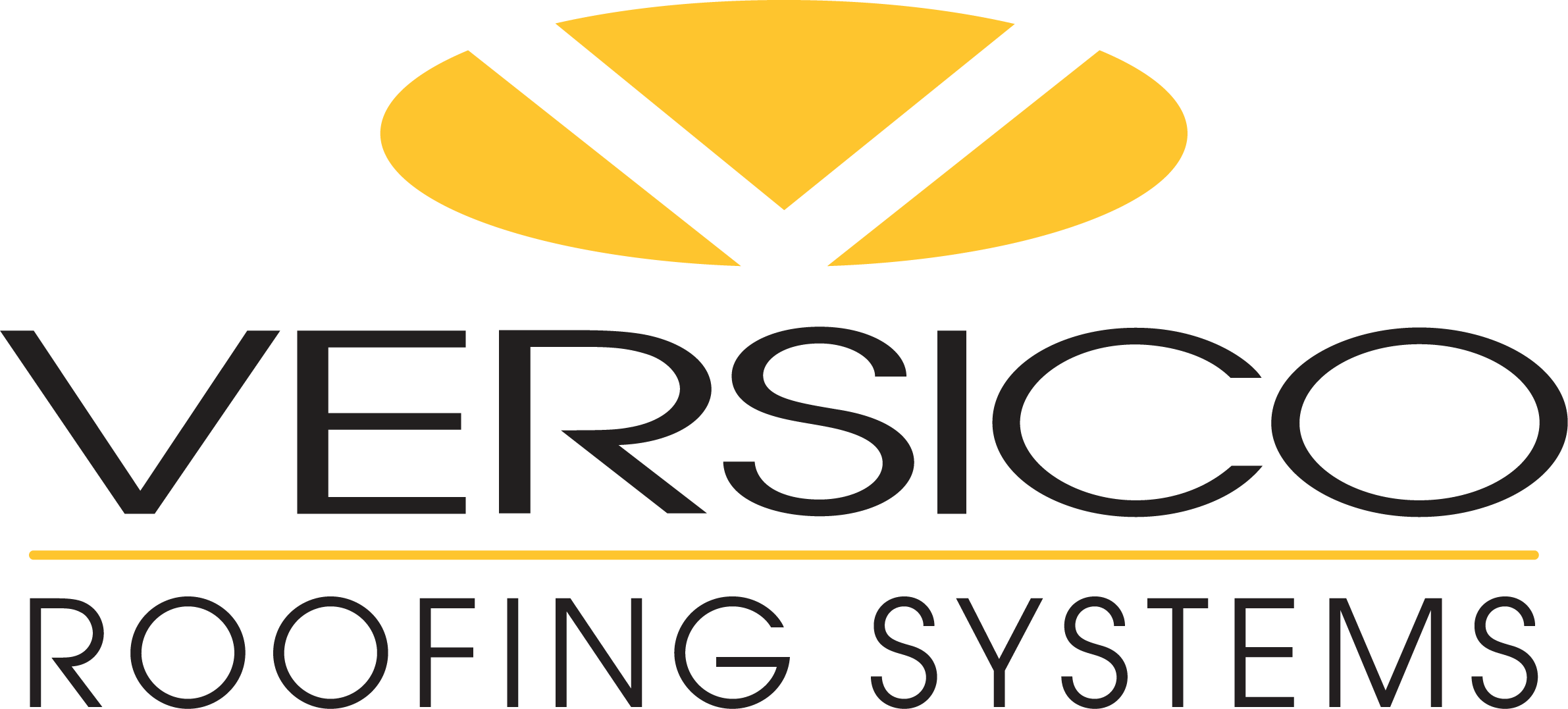Solar Ready Roofing
On-site power generation, in the form of photovoltaic (PV) arrays, is becoming more common as designers and architects try to meet green construction or net-zero energy goals. Preparing your roof to accept a PV system in the future is also becoming more common.
In general, a longer-warranted roof system, or a more robust roof system, is the overall goal before installing a PV system. A normal roof may see some light foot traffic from maintenance and inspection of rooftop equipment (annual or bi-annual), or a yearly inspection by the building owner. However, a PV installation may need more frequent inspections (i.e. after significant storms, after heavy snowfall, monitoring, etc.). Because of this, starting out with a thicker membrane, a cover board and walkway pads are a must.
Keep in mind that the PV array should not interfere with the drainage of the roof, which may or may not cause some of the array to be supported by structural steel tubing or piping in lieu of traditional racking, which may be resting on the roof utilizing ballast. These kinds of racks should also be mindful of the need for roofer access for seam and flashing inspection, which could include raising the height of the array as not to obstruct roof penetrations.
Always verify the type of PV array system to be installed on your roof and coordinate with your local Versico Field Service Representative (FSR) to assess the new or existing roof condition prior to beginning any work.
Consult the Solar Ready Installation Letter on the Versico Roofing Systems Website or contact Craig Tyler for further questions.
In general, a longer-warranted roof system, or a more robust roof system, is the overall goal before installing a PV system. A normal roof may see some light foot traffic from maintenance and inspection of rooftop equipment (annual or bi-annual), or a yearly inspection by the building owner. However, a PV installation may need more frequent inspections (i.e. after significant storms, after heavy snowfall, monitoring, etc.). Because of this, starting out with a thicker membrane, a cover board and walkway pads are a must.
Keep in mind that the PV array should not interfere with the drainage of the roof, which may or may not cause some of the array to be supported by structural steel tubing or piping in lieu of traditional racking, which may be resting on the roof utilizing ballast. These kinds of racks should also be mindful of the need for roofer access for seam and flashing inspection, which could include raising the height of the array as not to obstruct roof penetrations.
Always verify the type of PV array system to be installed on your roof and coordinate with your local Versico Field Service Representative (FSR) to assess the new or existing roof condition prior to beginning any work.
Consult the Solar Ready Installation Letter on the Versico Roofing Systems Website or contact Craig Tyler for further questions.
Up Next
October 14, 2021
UL Fire Classifications for Roofs – Class A, B, and C
UL tests the fire resistance of roof construction using external and internal Fire Ratings. This TechNews post focuses on external fire ratings.
September 30, 2021
Encouraging New Product Adoption in Your Crew
Getting members of your crew to adopt new products takes a unique understanding of the industry and contractors' needs, here are some tips to make it easier.
September 16, 2021
VacuSeal Job Start Up – What I Learned
Find out what's so special about Versico's VacuSeal Vent Secured Roofing System from one of our FSRs who visited a job start up.

